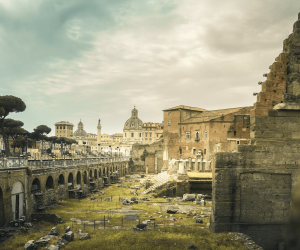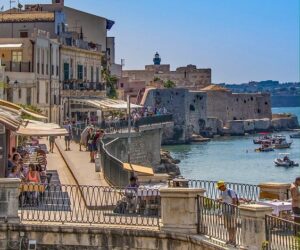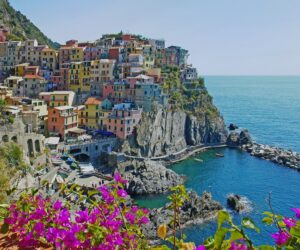Rome is known as the “Eternal City” for so many reasons. This truly breathtaking city is a place where tourists can witness the wonderful architecture of so many centuries, starting from ancient times up until today. There is so much history of being witnessed here, and some of the oldest buildings in the world are located in Rome.
Italy’s capital is a city that should be on your bucket list. Once you get there, you’ll see why Rome is one of the five most visited cities in the whole world every year! While in the city, there are so many things that every tourist should see, and we come up with a list of ten must-see places. Enjoy!
Trevi Fountain
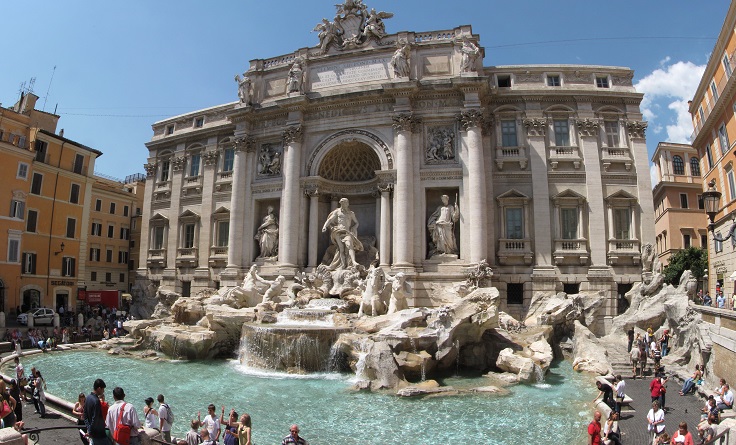
via gilesorr.com
As it is called in Italian, the Trevi Fountain or Fontana di Trevi is one of the oldest and most popular attractions in Rome. It is built at the end of Aqua Virgo, a famous Roman aqueduct constructed in 19 BC. The construction of the Trevi Fountain begun in 1730 and was finished in 1762 – the architect behind it, Nicola Salvi, died before it was finished, and he never got to see his masterpiece! According to a legend, if you toss a coin into Trevi with your back to the fountain, you will come back to Rome one day.
Galleria Borghese
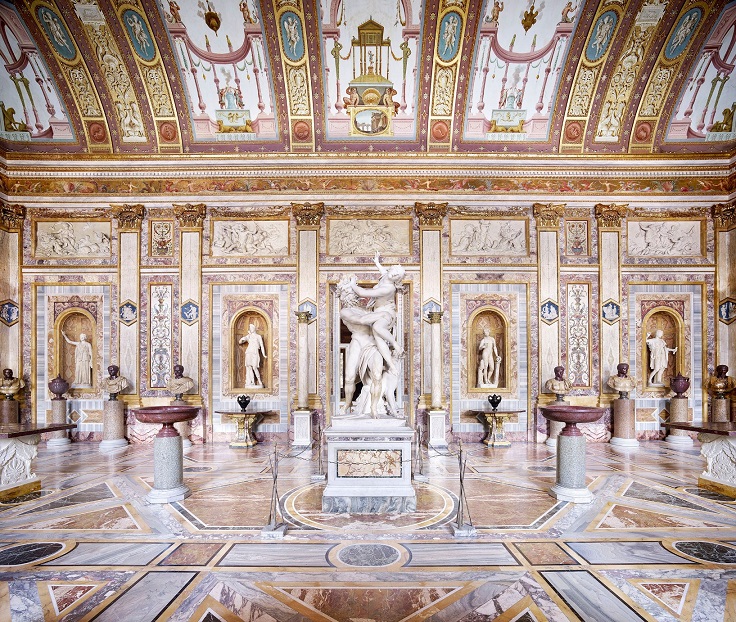
Surrounded by the wonderful Villa Borghese gardens, the art gallery is an experience that every art lover would wish to have. The architect behind the gallery was Flaminio Ponzio, who in his work included sketches from the owner of the villa and the gallery, Cardinal Scipione Borghese. The gallery was built between 1613 and 1616, and today it consists of the art collection of the Cardinal himself, which includes sculptures and baroque art gathered through the years. Some of the most famous sculptures can be found here – Apollo and Daphne and The Goat Amalthea with the Infant Jupiter and a Faun.
Colosseum

via romeanditaly.com
The most famous and largest amphitheater globally, the Colosseum is considered one of the greatest pieces of Roman architecture. The construction began in 72 AD and lasted for nine years, and it used to be the place where gladiator contests and other events took place. The Colosseum was used for entertainment for 390 years, during which it is estimated that more than 400.000 people and 1 million animals have died inside it! It stood the test of time, earthquakes, and battles, and some of the ruins were later used for the construction of St. Peter’s Basilica.
Piazza di Spagna
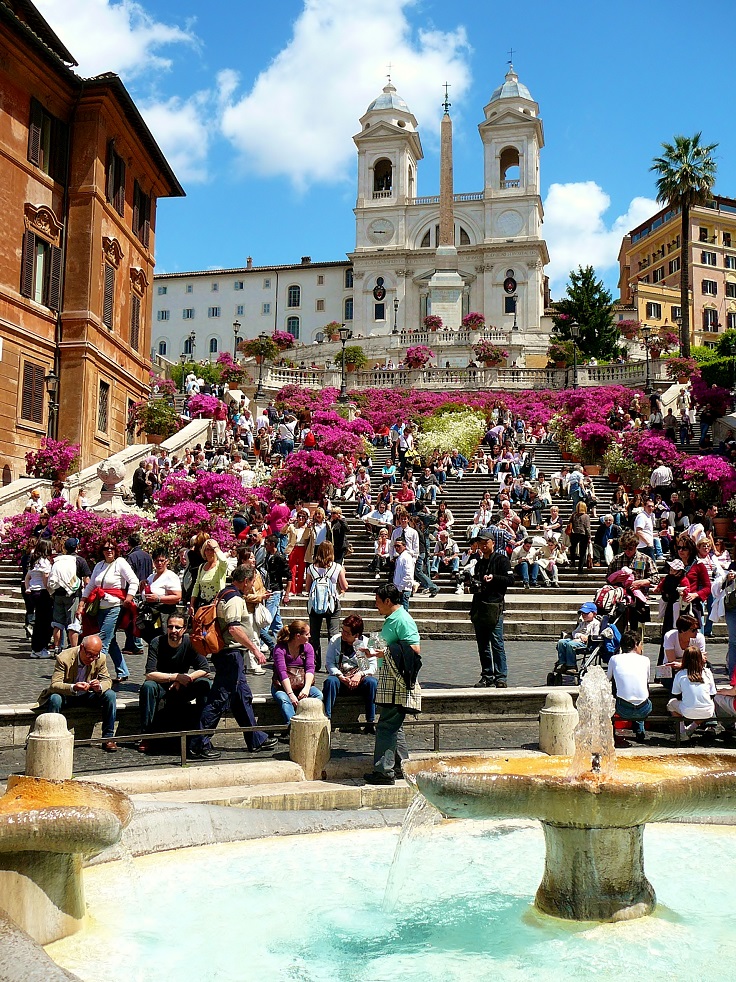
One of the most famous piazzas in Rome got its name after the Spanish Embassy near the square. What makes this piazza so famous are the famous Spanish Steps built in 1655 by the French diplomat Étienne Gueffier. There are 135 steps in total, which were meant to be a link between the Spanish Embassy and the Trinità dei Monti Church and were designed by the architect Francesco de Sanctis.
Castel Sant’Angelo
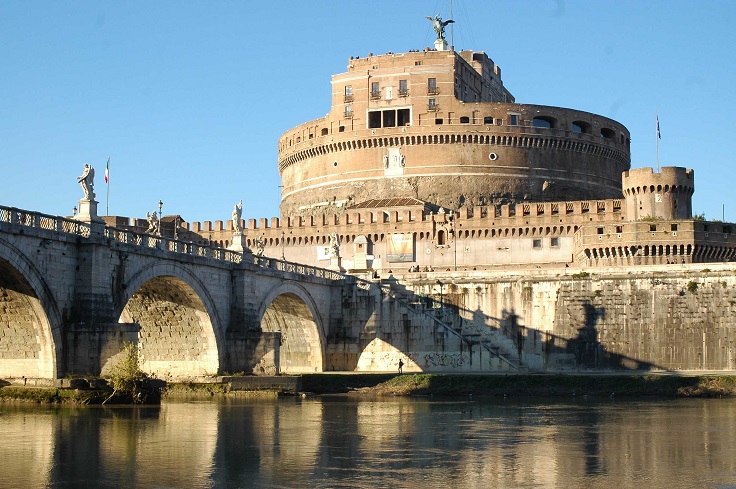
The Castel Sant’Angelo is located on the Tibet River’s right bank, and its construction began at 123 AD and lasted until 139 AD. In the beginning, it served as a mausoleum for Emperor Hadrian, but as the centuries passed, Castel Sant’Angelo had a different function – today, it is a national museum. At the top of the castle, there is a statue of the archangel Michael, which according to a legend, appeared on the top of the fortress in the year 590 and ended the plague in Rome.
Sistine Chapel
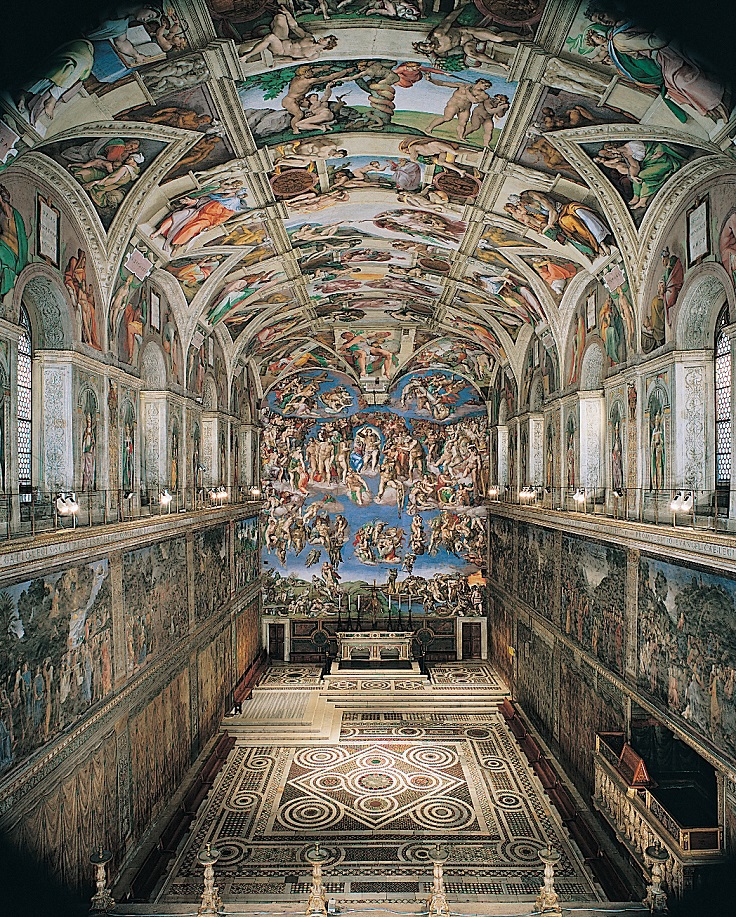
via apah.lakegeneva.badger.groupfusion.net
The Sistine Chapel or Capella Sistina in Italian is visited every day by 25.000 tourists or five million a year. It got its name after Pope Sixtus IV, who financed the construction of the chapel in 1473. It is located in the Apostolic Palace in Vatican City. What makes this chapel so precious is the fact that so many famous artists had worked on it – the ceiling has frescoes made by the world’s famous sculptor and painter Michelangelo. Before him, other famous Italian worked on the chapel, including Sandro Botticelli, Domenico Ghirlandaio, Pietro Perugino, and Cosimo Roselli.
The Vatican

Even if you’re not a fan of visiting museums and galleries, it’s really a pity if you don’t visit the Vatican, located within Rome. It is the home of the Pope, and he is the monarch of this independent city-state, where you can simply enjoy the beauty of what surrounds you here – St. Peter’s Basilica, St. Peter’s Square, and the obelisk in the middle, that was constructed more than 3.000 years ago! Did you know that the Vatican is the only state in the world where Latin is one of the official languages?
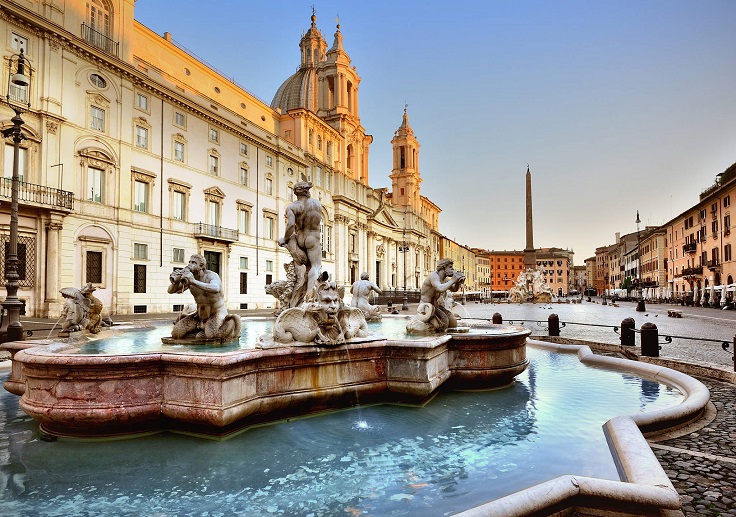
via travelroma.com
Piazza Navona represents the remains of what used to be Circus Domitianus, a stadium where ancient Greek Agonal games were held. The Stadium was built in 85 AD, but as time passed, it was completely ruined, and all there is left today is the square where it was located – that today is Navona. There are three fountains here, Fountain of the Four Rivers, Moro Fountain, and Fountain of Neptune. According to many, Piazza Navona is the second-best square in the city after St. Peter’s Square.
Pantheon
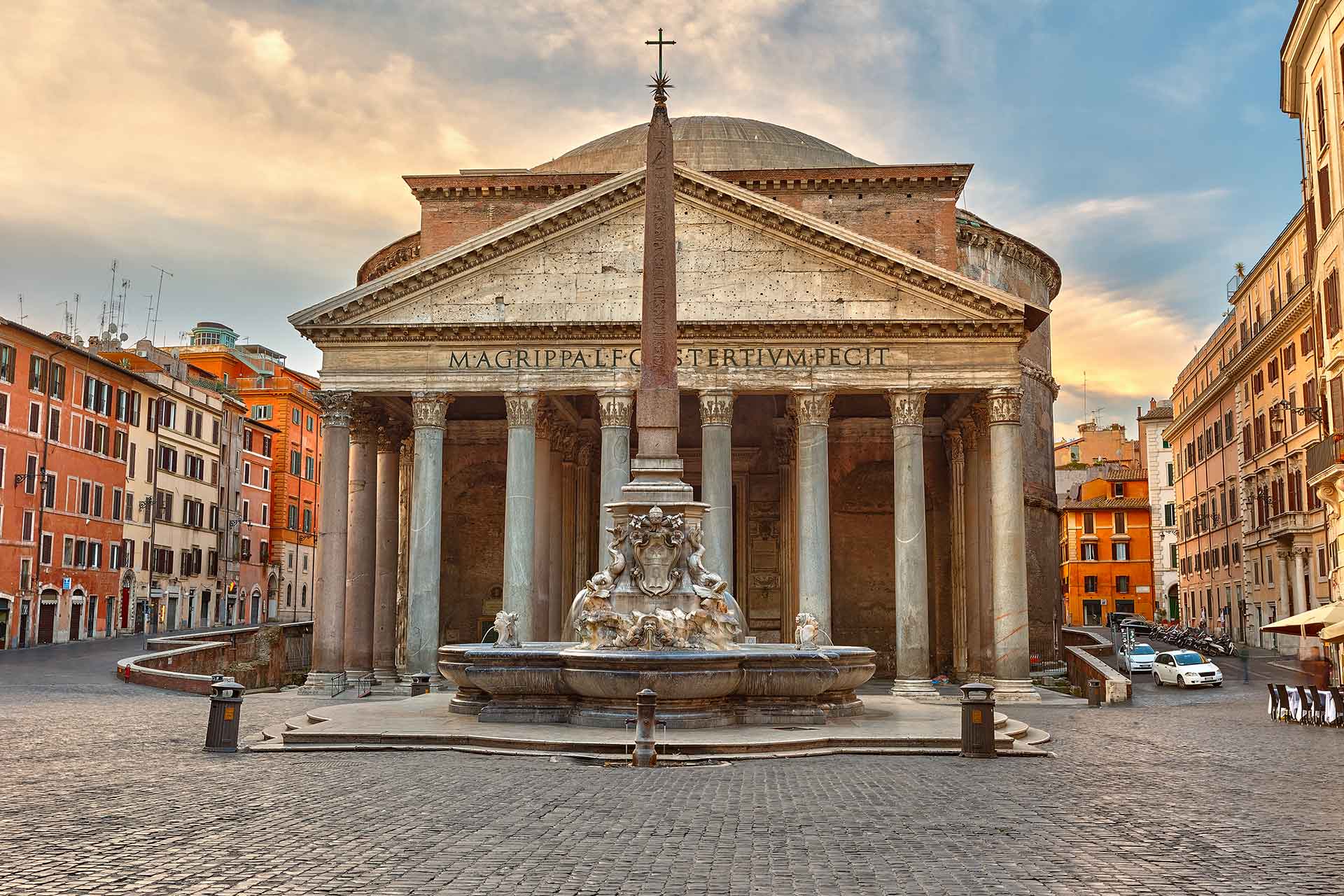
via traveldigg.com
The Pantheon is the most preserved Roman architecture built as a temple to honor the Gods. It is still unsure when exactly the Pantheon was built. Some claim that the first Pantheon was built in 27 BC, but the building as we know it today was built in 120 AD by Emperor Hadrian. It has the largest, unsupported dome in the world, with its diameter of 142 feet – it is the perfect proportion because the distance from the floor to the top of the dome is also 142 feet.

